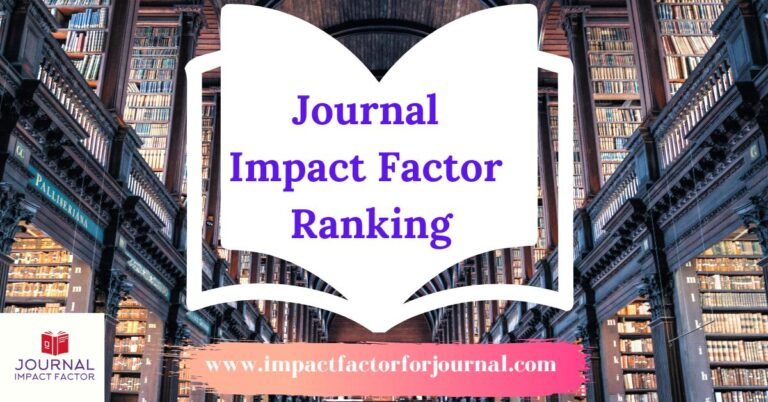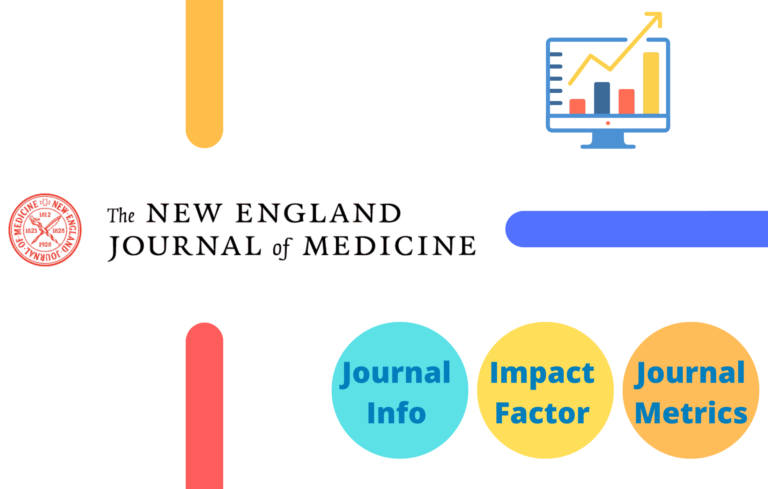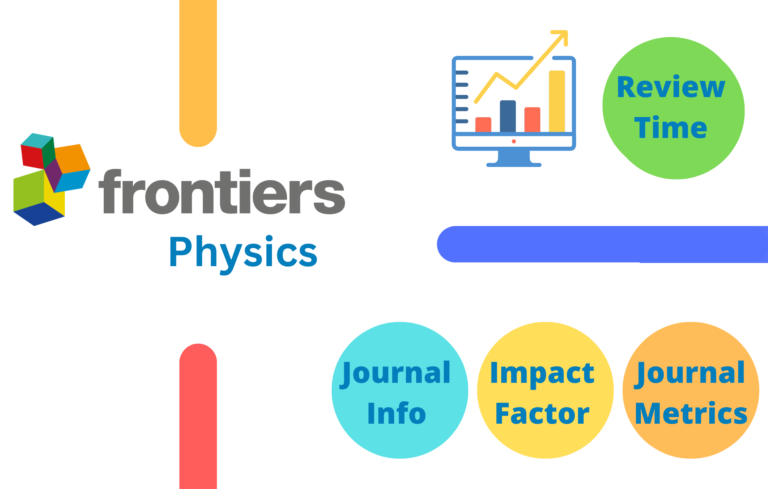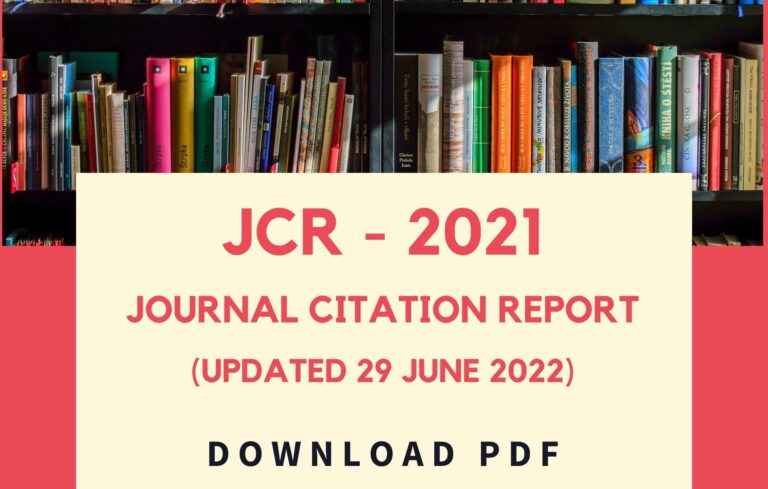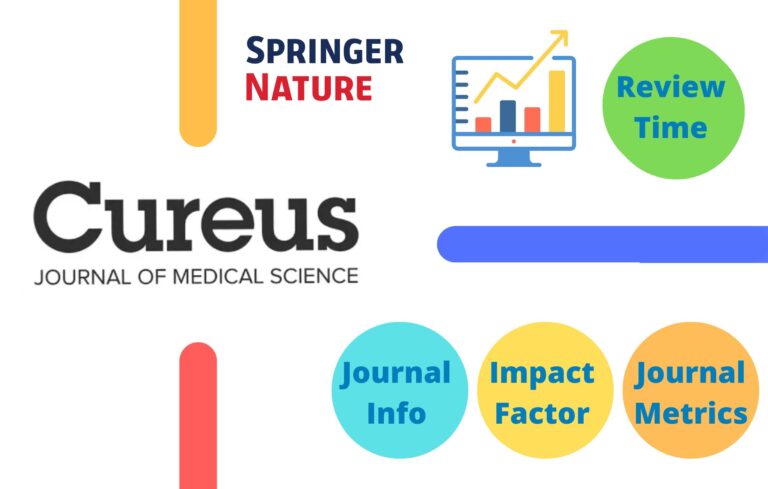Here in this post, apart from Scientific Reports Impact Factor, I have tried to compile all the necessary information a research scholar would seek before publishing an article in the journal.
About Scientific Reports Journal
Scientific Reports is the 6th most-cited journal in the world, with more than 540,000 citations in 2020, and receives widespread attention in policy documents and the media.
It was launched in 2011 and is published by nature portfolio.
Scientific Reports Impact Factor
Impact Factor (IF) or often called journal impact factor (JIF) is an index provided by an analytics company named Clarivate. The impact factor is calculated by dividing the number of times the articles are cited in the last two years by the total number of publications in those two years.
- Total Citations in 2020 and 2021 = 500
- Total Number of Publications in 2020 and 2021 = 100
- Impact Factor of the Journal in 2022 = 500/100 = 5
Scientific Reports Impact Factor (2019-2023)
- Scientific Reports Impact Factor 2017 – 4.122
- Scientific Reports Impact Factor 2018 – 4.011
- Scientific Reports Impact Factor 2019 – 3.998
- Scientific Reports Impact Factor 2020 – 4.380
- Scientific Reports Impact Factor 2021 – 4.996
- Scientific Reports Impact Factor 2022 – 4.6 (updated 29 June 2023)
Scientific Reports Impact Factor 2022 –
Scientific Reports H-index
The h index is a metric for evaluating the cumulative impact of an author’s scholarly output and performance; measures quantity with quality by comparing publications to citations.

The h index of Scientific Reports Journal is 212, which means among all the published articles in this journal, 212 of these publications have received at least 212 citations each.
Scientific Reports Journal Metrics
Scientific Reports CiteScore
CiteScore (CS) of an academic journal is a measure reflecting the yearly average number of citations to recent articles published in that journal.
Scientific Reports SCImago Rank
The SCImago Journal Rank (SJR) indicator is a measure of the scientific influence of scholarly journals that accounts for both the number of citations received by a journal and the importance or prestige of the journals where the citations come from.
| Year | SCImago Journal Rank (SJR) |
|---|---|
| 2018 | 1.414 |
| 2019 | 1.341 |
| 2020 | 1.240 |
| 2021 | 1.005 |
Scientific Reports Editorial Board Members
Below are the latest editorial board members of Scientific Reports
- Dr Carlo Cannistraci
- Dr Joana Maria Ramis
- Professor Xiaochun Li
- Professor Luciano Bosso
- Dr Ryoung Shin
- Dr. Alberto G. Fairén
- Professor Xuyang Lu
- Professor Matjaž Perc
- Professor Yu Xin Zhang
- Professor Z. Altounian
- Dr Lena Ciric
- Professor Kah-Wee Ang
- Dr Pedro Oliveira
- Dr. Ciria C. Hernandez
- Professor Claudia RC Moreno
- Professor Jimin Zhao
- Professor Amy Peterson
- Dr. Jagadeesh Bayry
- Professor Timothy Geary
- Dr. Leyla Soleymani
- Dr. Ruth Blasco
- Dr. Feng Gao
- Professor Kenji Kansaku
Scientific Reports Publication Fee
Scientific Reports is an open-access journal. The publication fee for Scientific Reports is £1690/$2190/€1890 in GBP/USD/EURO respectively (excluding taxes).
Scientific Reports offer APC waivers and discounts for papers published in our fully open access journals whose corresponding authors are based in the world’s lowest-income countries (APC waivers and discounts policy for further information). Requests from other authors for APC waivers and discounts are considered on a case-by-case basis and may be granted in cases of financial need.
Scientific Reports Review Time
Scientific Reports prioritizes rapid publication and uses single-blind peer review, which is standard across Cell Press journals.
| Initial decision to review | 45 days after submission |
Scientific Reports Reference Style
Scientific Reports, uses the standard Nature referencing style.
Printed journals
Schott, D. H., Collins, R. N. & Bretscher, A. Secretory vesicle transport velocity in living cells depends on the myosin V lever arm length. J. Cell Biol. 156, 35-39 (2002).
Online only
Bellin, D. L. et al. Electrochemical camera chip for simultaneous imaging of multiple metabolites in biofilms. Nat. Commun. 7, 10535; 10.1038/ncomms10535 (2016).
For papers with more than five authors include only the first author’s name followed by ‘et al.’.
Books:
Smith, J. Syntax of referencing in How to reference books (ed. Smith, S.) 180-181 (Macmillan, 2013).
Online material:
Babichev, S. A., Ries, J. & Lvovsky, A. I. Quantum scissors: teleportation of single-mode optical states by means of a nonlocal single photon. Preprint at https://arxiv.org/abs/quant-ph/0208066 (2002).
Manaster, J. Sloth squeak. Scientific American Blog Network http://blogs.scientificamerican.com/psi-vid/2014/04/09/sloth-squeak (2014).
Hao, Z., AghaKouchak, A., Nakhjiri, N. & Farahmand, A. Global integrated drought monitoring and prediction system (GIDMaPS) data sets. figshare https://doi.org/10.6084/m9.figshare.853801 (2014).
Scientific Reports Endnote Style
You can download the Scientific Reports Endnote Style and Scientific Reports Zotero Style
Scientific Reports Abbreviation
The ISO 4 standard abbreviation for abstracting, indexing and referencing purposes of Scientific Reports is “Sci. Rep.“
Scientific Reports Acceptance Rate
The acceptance rate of a journal is the ratio of the number of articles submitted to the number of articles published.
The average acceptance rate of Scientific Reports journal is 48%
Scientific Reports Indexed in
Science is indexed in Scopus, SCImago, Web of Science, and UGC journal ranking



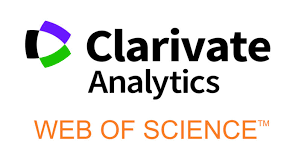
Read More




